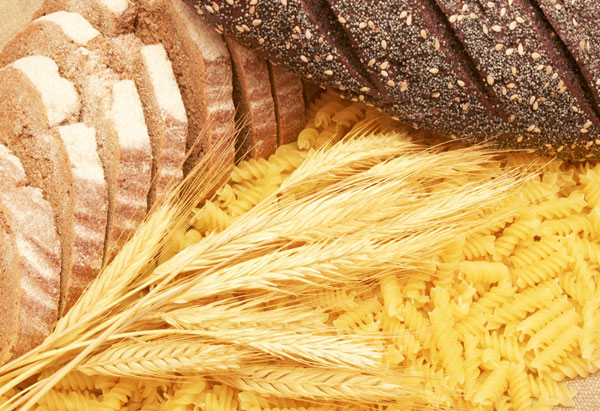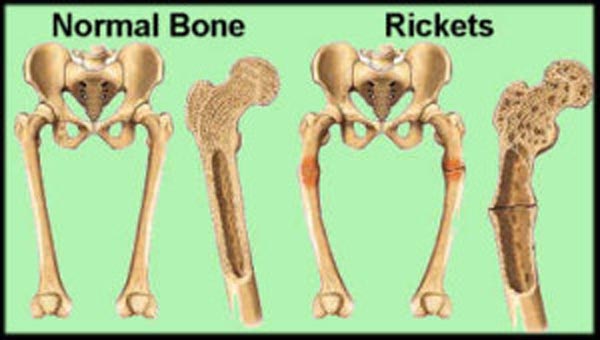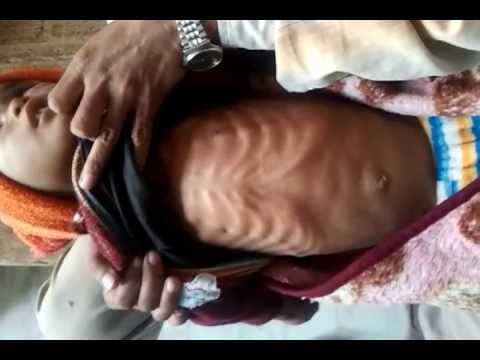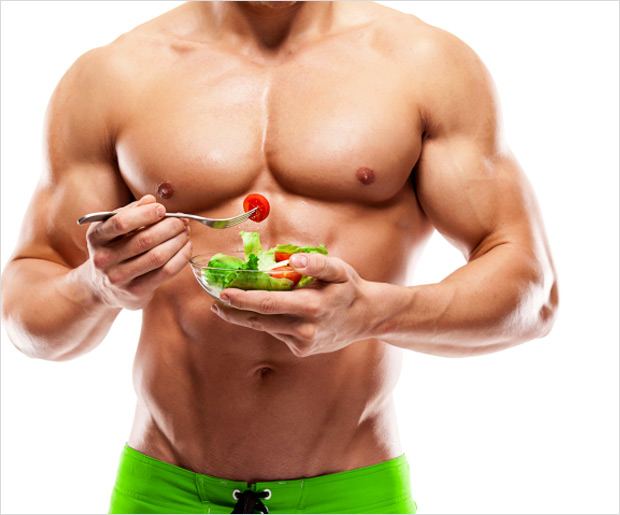
August 1-7th is considered “World Breast Feeding Week”. On this occasion we emphasize the value of breastfeeding for mothers as well as children. I take this opportunity of celebrating breastfeeding week by bringing you a blog on Breast Milk and how it is an important nutrient for a Child..
We have often thought about what we should eat and what we should avoid but has this thought crossed our mind when we were born? The first 1000 days of a human is the milestone that decides his or her lifelong health. This journey starts from the mother’s womb (day of conception) and continues till the 2nd birthday.
Well, as I believe, our life is a gift from God. He’s the creator and he creates everything perfectly. The same way, in the womb he protects the child from the environment and provides nutrition from the mother’s stores. When he enters the world, his food comes in the world with him. But do we make its best use?
Yes, let me tell you what we should feed a newborn so that he may not have to face any health issues in his future.
As you may be aware the first food normally given to an infant is breast milk. However, during the first few days after child birth a thick, sticky yellowish fluid is secreted from the breast. This fluid is called colostrum. Breast milk is secreted from the third or fifth day onwards.
Colustrum is the most nutritious and balanced food which the baby needs. In addition to containing all the vitamins and nutrients your baby needs in the first six months of life, breast milk is packed with disease-fighting substances that protect your baby from illness. It is often referred to as the first immunization that a child receives from the mother. Unfortunately, some families still welcome their child with jaggery, sweets or even tea.
Most of the mothers usually complain that their child doesn’t seem satisfied with the content of milk and therefore keeps crying.
But that’s not true. Your child is crying because of the new environment which he or she has to get adjusted to. If your child is crying a lot then keep him close to your breast to maintain skin contact with the child. Science says that the skin of the mother has the same temperature as it was in the womb therefore the newborn feels comfortable in the mother’s arms.
A mother should feed her child solely on breast milk up till 6 months, till the digestive tract of the infant is totally developed to digest other foods. She can continue feeding till 2 years, however other complimentary food is necessary to start at the age of 6 months.
The benefits of breastfeeding are numerous, for the child as well as the mother.
Benefits of breast feeding on the child:
- Well absorbed and digestible, appropriate nutrients for growth and development
- Rich in taurine which helps in retinal development
- Rich in polyunsaturated essential fatty acids which helps in brain
Development
- Better bioavailability of iron and calcium
- Protects against infection due to presence of immunoglobulins and
lymphocytes
- Prevents allergies in infancy and later life
- Associated with higher intelligence
- Promotes emotional bonding
- Lesser incidence of heart disease, diabetes and lymphoma as an adult
Benefits of breast feeding on the mother:
- Helps in involution of uterus
- Delays pregnancy
- Decreases mother’s workload, saves time and energy
- Lowers risk of breast and ovarian cancer
- Helps to get back in shape faster
- Emotional bonding with the child.
Lastly, I believe that 90% of women are capable of breast feeding. However if there is some unfortunate incident then a child should be given formula milk that is most similar to breast milk, or could also purchase breast milk from breast milk banks.( it’s an excellent upcoming concept).







